Wearable health technology has been one of the most impactful innovations in health, wellness and human lives in recent years. Clearly, there is a massive increase in the need for smart, real-time and unobtrusive health solutions, as populations are aging, chronic illness prevalence increases and public health awareness around monitoring rises. Wearable health tech ranging from smartwatches to sensor clothing and portable monitors allow users to manage their health through vital sign tracking, abnormality detection and preventive care. Such devices are beneficial to not only user convenience but also produce an effective impact on early detection & response across clinical settings and everyday life.
Best Wearable Health Tech
Best wearable health technologies: These are such that work accurate, offer comfort, connectivity, and personalized functionality. This space used to be steps and sleep are now the premium products on the market blood oxygen levels, electrocardiograms (ECG), heart rate variability and even stress responses through biometric data are just some of what top-tier devices do. What makes wearable tech the best, is not only the data it gathers but also how that data informs a useful insight.
In 2024, some of the leading names in this space include the Apple Watch Series 9, known for its FDA-approved ECG and blood oxygen monitoring features, and the Fitbit Sense 2, which provides stress management insights using electrodermal activity sensors. Medical-grade devices like BioIntelliSense BioSticker and Withings ScanWatch are also gaining ground for their clinical precision. These gadgets are particularly valuable for users managing chronic conditions or looking to optimize athletic performance, lifestyle, or recovery.
Wearable Health Technology Devices
Wearable health technology devices vary widely in form and function, ranging from wrist-based trackers to chest straps, adhesive biosensors, and smart clothing. These devices typically monitor vital signs in real time and transmit data to smartphones or cloud-based platforms where it can be shared with healthcare providers.
Common types of wearable health devices include:
- Smartwatches and fitness trackers: Track heart rate, physical activity, and sleep.
- Wearable ECG monitors: Detects arrhythmias and other cardiac abnormalities.
- Continuous glucose monitors (CGMs): Crucial for diabetes management.
- Blood pressure monitors: Provide accurate and on-the-go hypertension data.
- Smart textiles and biosensor patches: Used for real-time diagnostics in high-risk professions or patients with mobility limitations.
AI and machine learning have in turn made much more powerful these devices as well. Current platforms are able to predict health events even before symptoms, provide lifestyle prescriptions, as well as triage abnormal readings. Not only do these features enable health goals, but also greatly lower healthcare expenditure by means of early intervention.
Wearable Health Technology Market
Global wearable health technology market is projected to surge exponentially. Fortune Business Insights shared in a 2024 report that the worldwide market for wearable medical devices was USD 32.4 billion in 2023 and it’s expected to show a CAGR of 27.3%, is further expected to cover USD 174.5 Billion by 2030 globally.
Adoption rates in Canada have ramped up notably, specifically among older adults and people with chronic conditions. Government support for growth in this area has been bolstered by its own initiatives to scale digital health services. EHRs are now including wearable tech data on an increasing basis from the telemedicine service from hospitals, which healthcare providers are starting to utilize options to make best use of this data.
The market segmentation highlights key devices across smartwatches, patches, and smart garments, while also identifying key end-users such as hospitals, sports organizations, and individuals managing personal health goals. Innovations in data security and battery efficiency are expected to further support this market’s rapid trajectory in the coming years.
Best Wearable Tech for Heart Health
Heart health has become one of the most actively monitored health areas using wearable technology. Cardiovascular disease remains the leading cause of death globally, and early detection plays a pivotal role in prevention. Wearable devices designed for heart monitoring offer a non-invasive, real-time window into the body’s most vital organ.
Apple Watch Series 9, Samsung Galaxy Watch 6 come with ECG and irregular heart rhythm alerts in addition to pulse oximetry. Long-term clinical accuracy continuous cardiac monitoring devices the likes of Zio XT Patch Devices such as a Garmin Venu 3, advanced fitness-oriented wearables have features becoming increasingly human in nature like HRV & recovery tracking (which is very good for athletes or if you have a heart concern).
What makes the top heart health wearables is the power to not only detect anomalies but trends in heart function over time. AI for unlocking heart data allows early detection of conditions like atrial fibrillation (AFib) so as not to develop symptoms. Such insights are one of the things that can save lives and give way for preventive medical decisions instead of reactive.
Similarity Between Toxic Alert and Wearable Health Tech
While many wearable health tech products focus on fitness and disease monitoring, Toxic Alert stands out by offering a dual-layered protection system monitoring both environmental hazards and personal health indicators in one integrated solution. This innovation bridges a crucial gap in the market: the connection between ambient risk and internal physiological response.
Toxic Alert Smart wearable to be worn in clothing henceforth making real-time toxic gases, blood oxygen levels and heart monitoring seamless. Unlike general health-tech that falls into the passive monitoring category, Toxic Alert goes above and beyond to protect users letting you know immediately (and also your emergency contacts) of any problem conditions such as carbon monoxide, severe drop in blood oxygen etc. The ability is particularly useful in heavy industries like construction, manufacturing and healthcare when physical activity load and exposure to the environment have to be controlled simultaneously at the same time. To be blunt, Toxic Alert provides real-time situational awareness capabilities that fall somewhere between medical grade monitoring and environmental safety tech, establishing a new bar for the wearable health space.

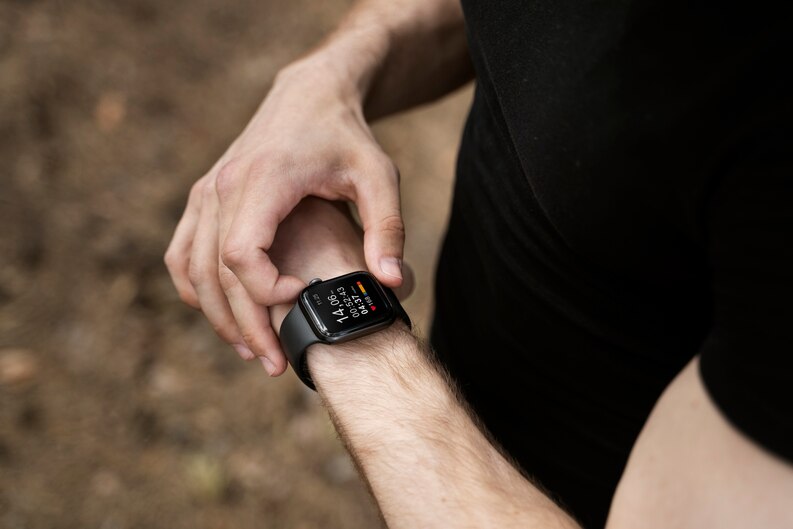

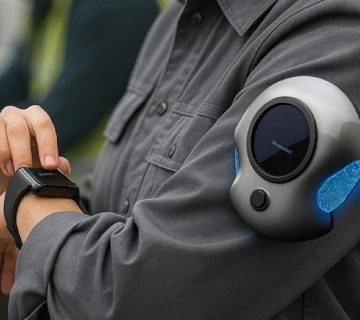
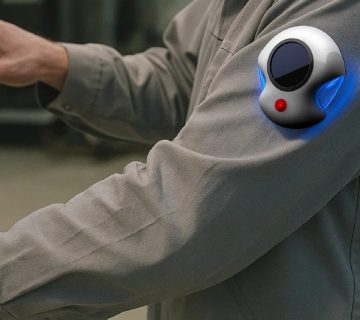
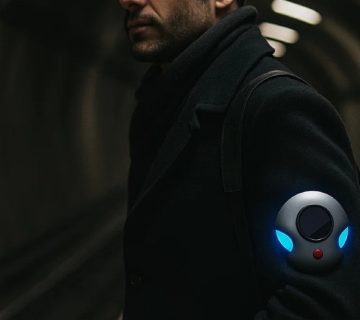
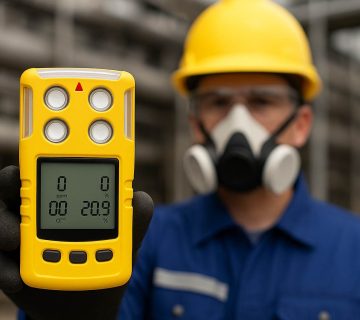

No comment